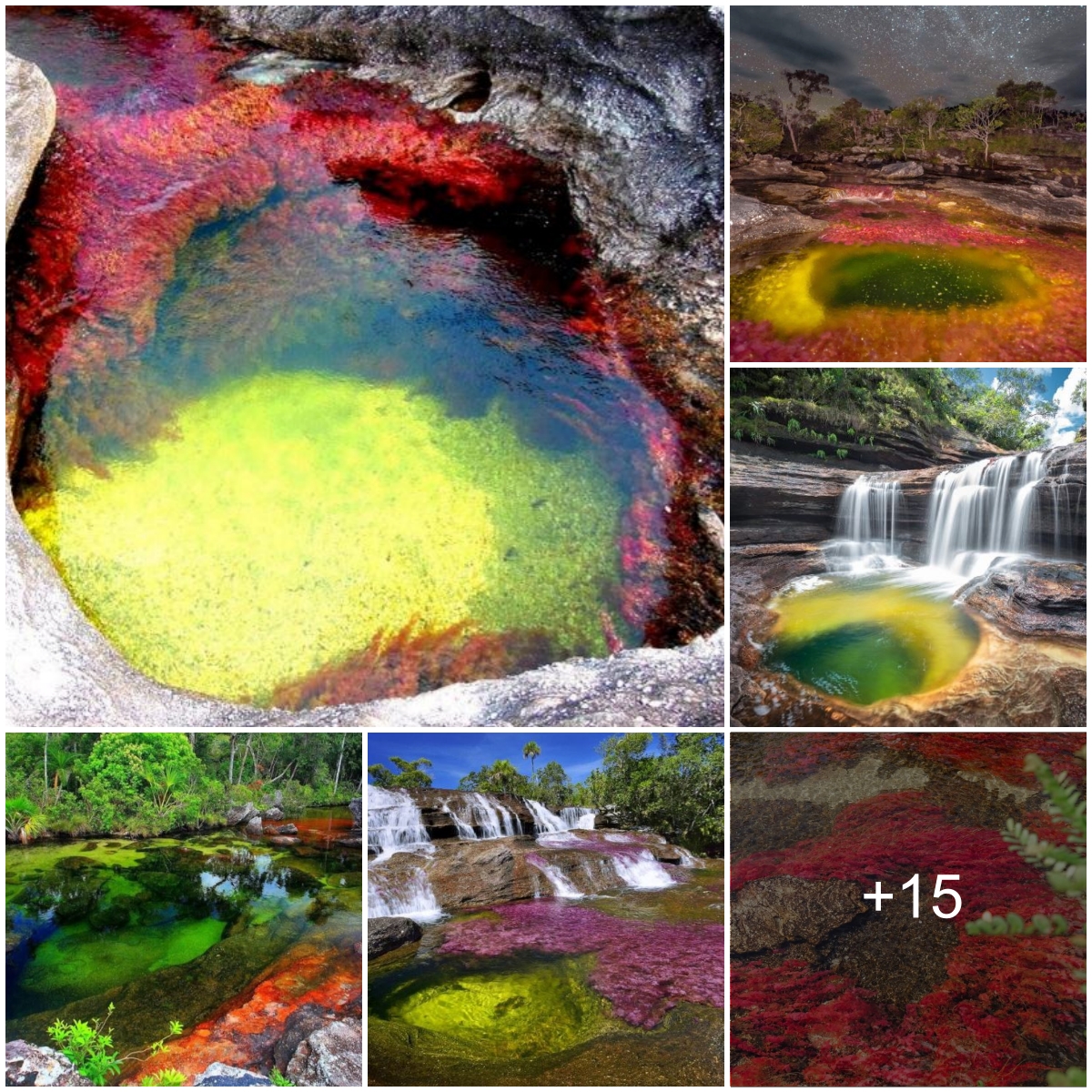Chilean researchers have discovered a Patagonian cypress tree that is four meters thick and is believed to be the oldest living tree in the world. This ancient tree, known as the Great-Grandfather, beats the current record holder by over 600 years.
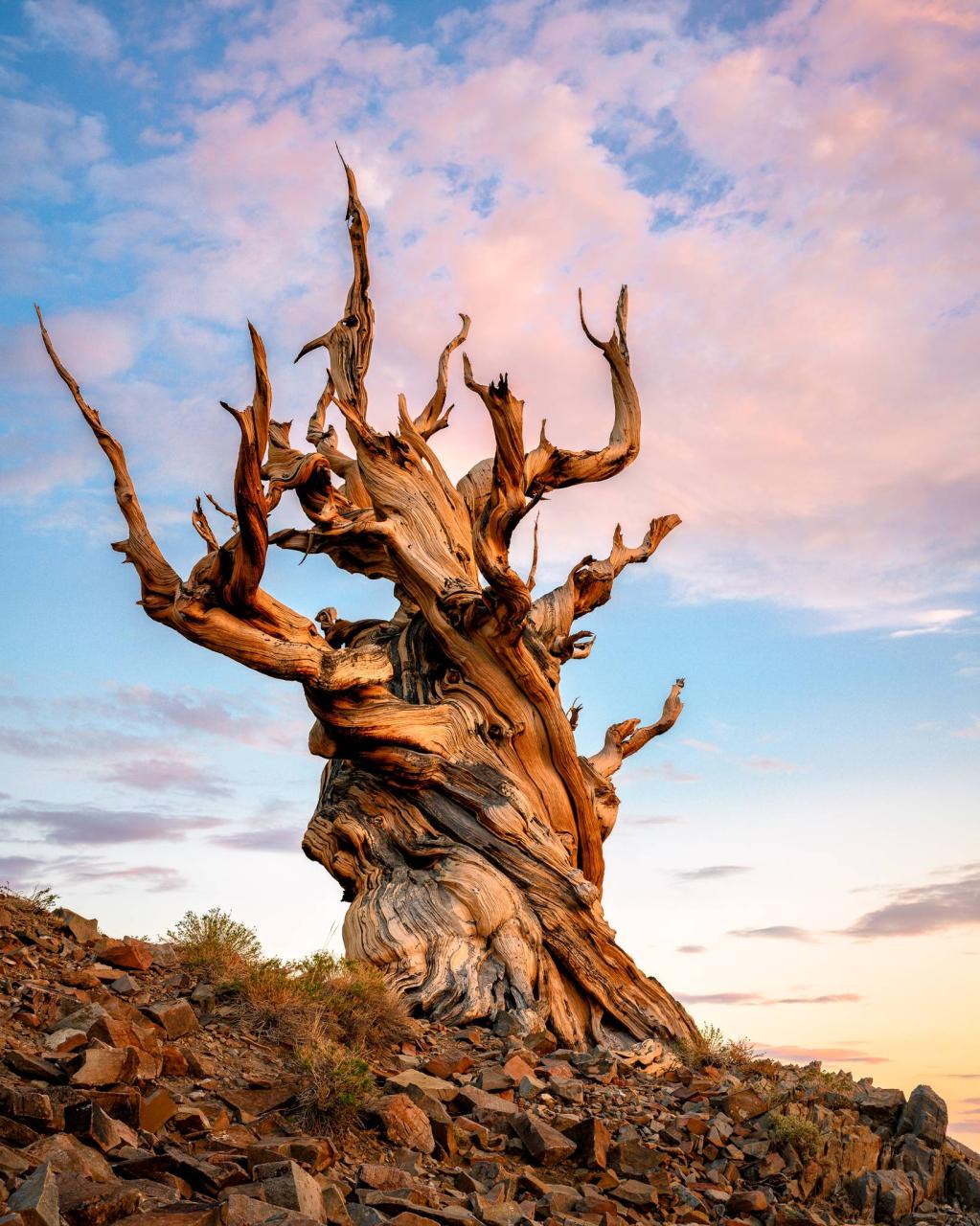
A recent study focused on the coniferous tree, also known as Alerce Milenario in Spanish. Conducted by Chilean scientist Jónathan Barichivich at the Climate and Environmental Sciences Laboratory in Paris, the research revealed that this tree could potentially be up to 5,484 years old, surpassing the previous estimate by at least 600 years.
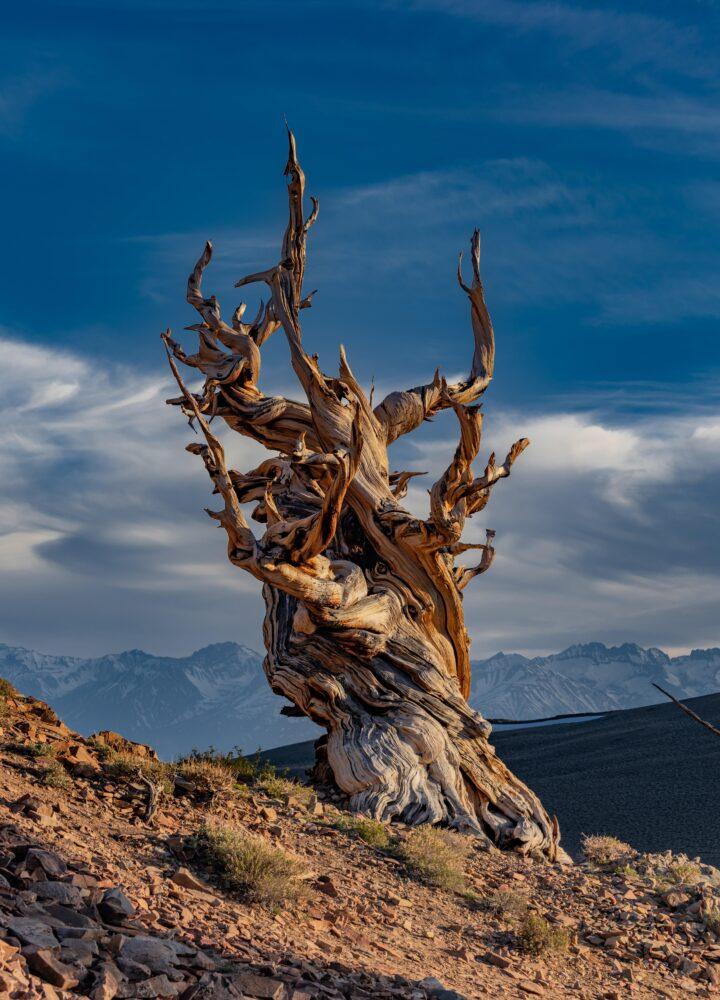
According to an article from The Guardian, Maisa Rojas, who serves as Chile’s Environment Minister and is a member of the UN Intergovernmental Panel on Climate Change, has praised a recent scientific discovery as marvelous.
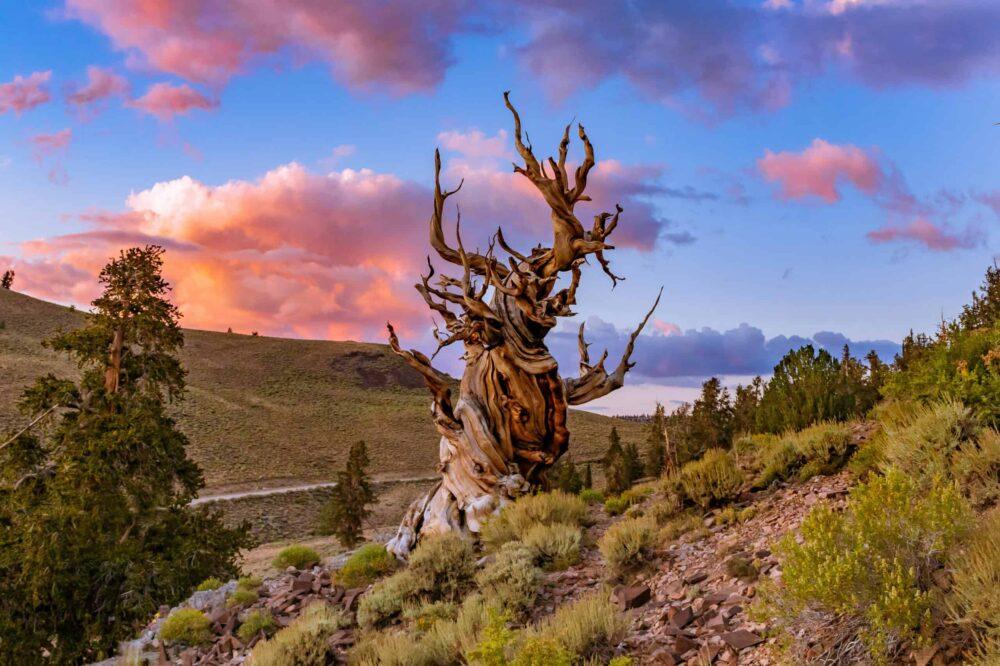
As a fun fact, the Patagonian cypress (Fitzroya cupressoides) is a native tree of Chile and Argentina that belongs to the same family as the giant redwoods. In 2020, Baričević attempted to take a sample of the Great-Grandfather but was unable to reach its core with the drill he used. Instead, he used computer models to determine the tree’s age, taking into account environmental factors and random variations.
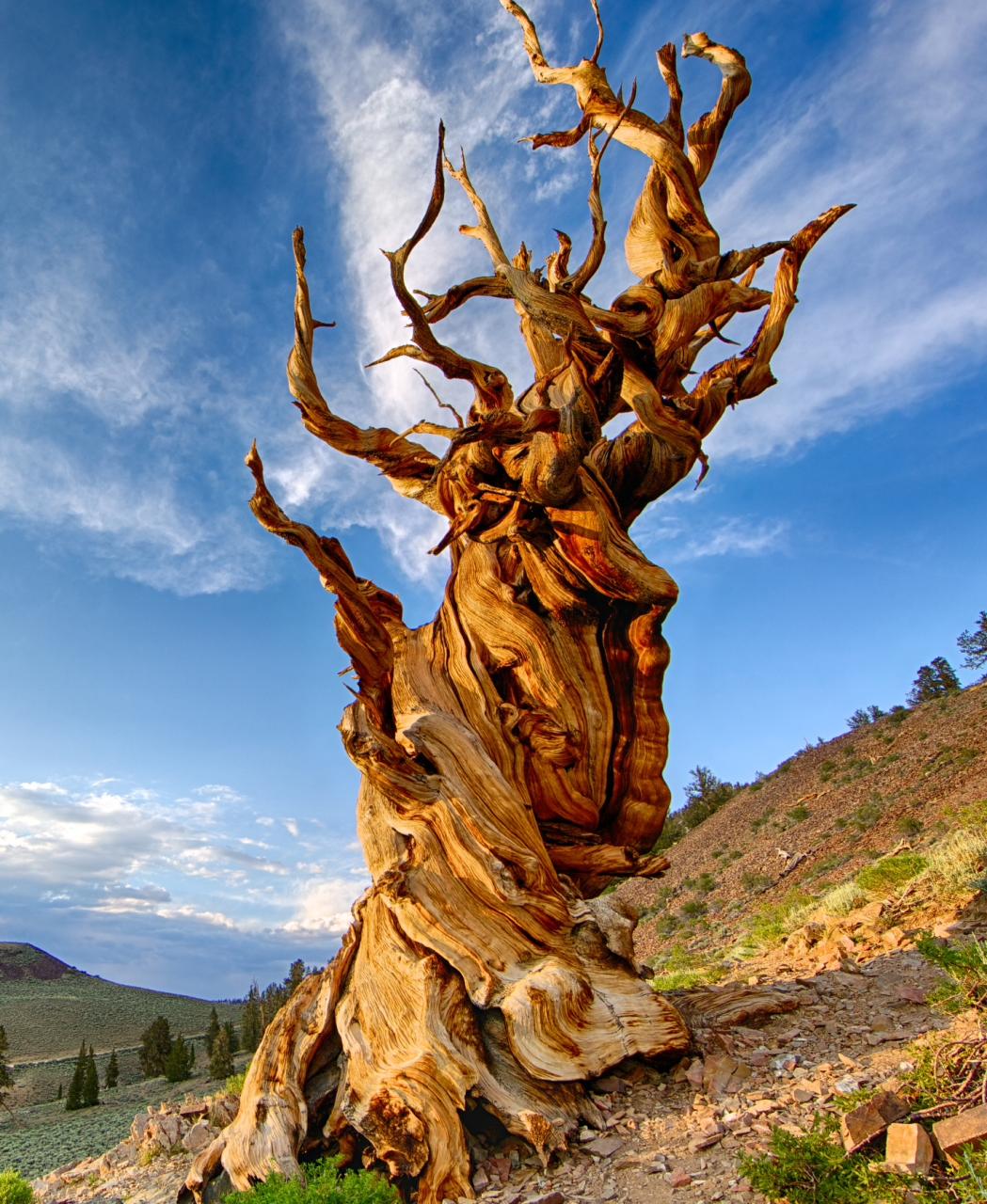
Since Barićhivić hasn’t been able to accurately count the tree’s rings to determine its age, he has yet to publish an estimation in a scientific journal. However, he has expressed his hope to make up for it in the upcoming months.
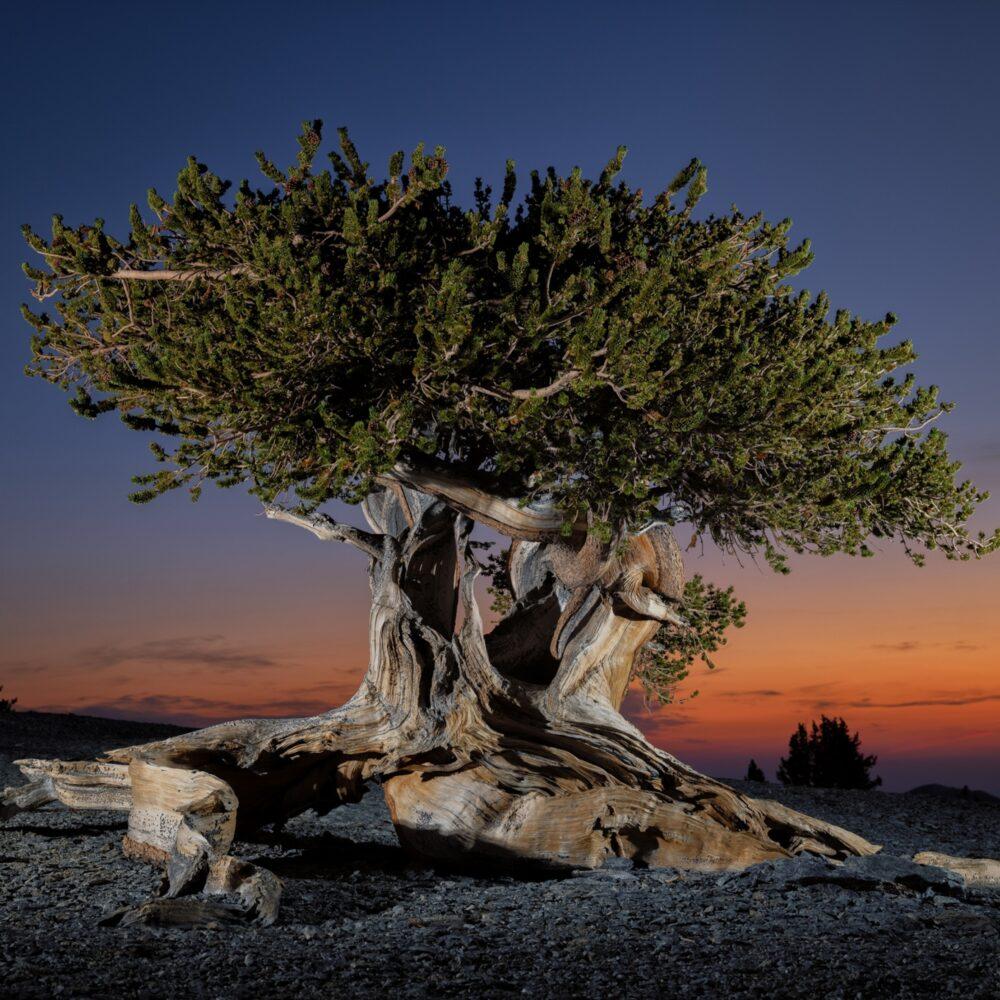
If these findings are validated, the age of the alert Milepani would surpass that of Methuselah, a smooth pine tree in California that is currently recognized as the world’s oldest tree at 4,853 years old, by 600 years.
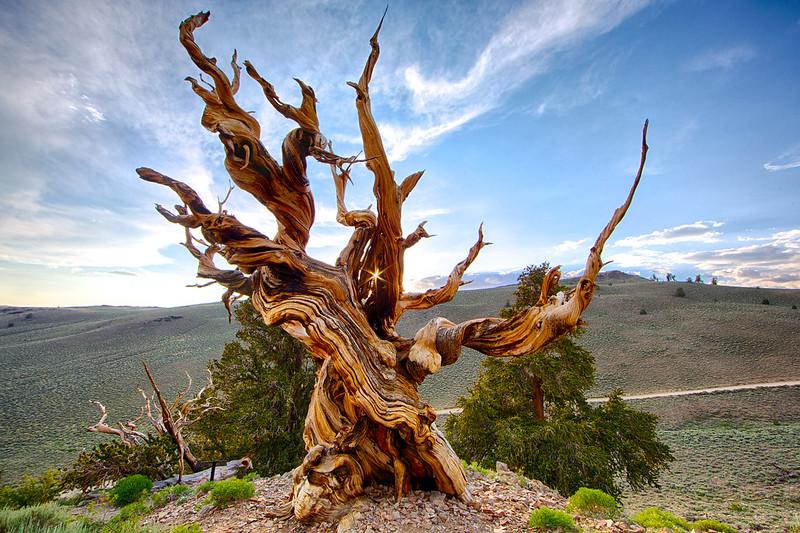
Meet Methuselah, a Great Basin bristlecone pine tree that holds the title of the oldest tree in the world. It is a whopping 4,853 years old and can be found growing high in the White Mountains of Inyo County in eastern California. This former contender for the crown of longevity has been sheltered by the cool and humid environment of the Ancient Bristlecone Pine Forest, which is home to mosses, lichens and other plants that thrive in its fissures. However, Methuselah’s existence is threatened by visitors who walk around its trunk and droughts caused by global warming, according to Barichivich.
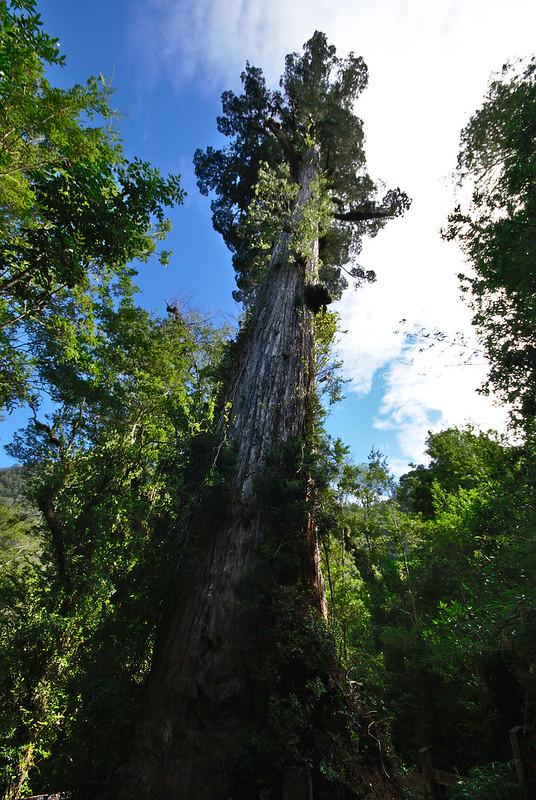
The majestic Alerce Mileenario stands tall and proud. This stunning image captured by Faoch is a testament to its strength and beauty. According to the Chilean Forestry Institute, logging plantations in the southern region of the country cover over 2.3 million hectares. The production of cellulose is a major industry for Chile.
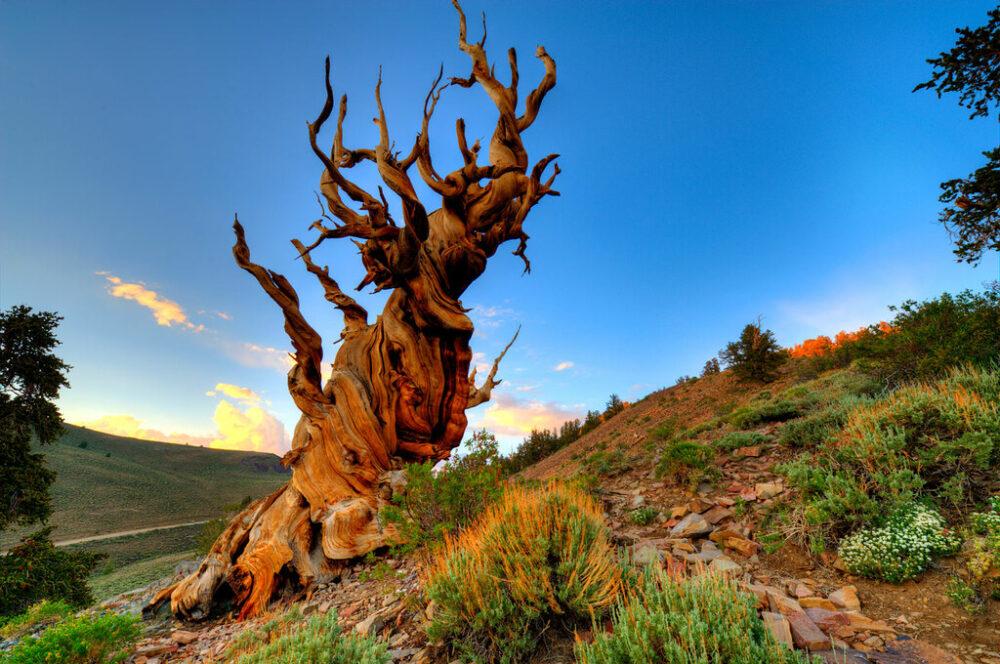
Although almost 93% of the area is covered by water-thirsty eucalyptus plantations and non-native pine trees, there has been a loss of over 780,000 hectares of native forest in Chile between 1973 and 2011. It is our sincere hope that Great-Grandfather and other wilderness counterparts will survive human activity.





